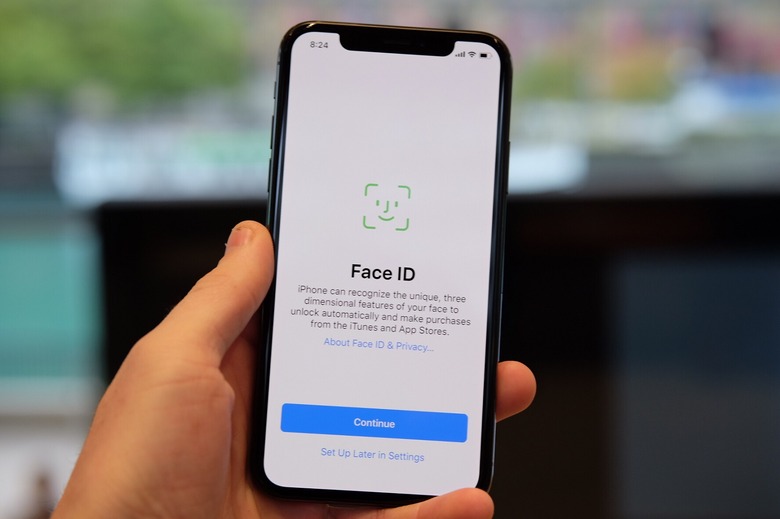This Is The Only iPhone X Model You Should Buy
You might not know it, but there are two distinct models of iPhone X you can buy. No, I'm not talking about different storage sizes or colors; instead, it's two different cellular modems that distinguish the two models.
The A1865 model has a Qualcomm modem inside, and supports the networks of all four major wireless carriers in the US. That's the version you're getting if you buy a SIM-free unlocked phone directly from Apple, or if you buy the Sprint or Verizon versions.
The other model is A1901, which has an Intel modem and is sold by AT&T and T-Mobile. (There is technically a third model, A1902, but it;s only sold in Japan and is specially tuned to their cell networks there.)
We've known for a while that there are two different iPhone X models, but the results we've been waiting for only came out last Friday. Testing by Cellular Insights showed that the Qualcomm-powered iPhone X has an advantage over the Intel-powered model in LTE speeds on the most common LTE band. The difference isn't huge, but it is detectable.
There are likely other differences undeteted by that specific Cellular Insights test, as well. Last year's iPhone 7 Plus also had Intel and Qualcomm models, and testing back then showed that the Qualcomm-powered iPhone 7 Plus was much better at using a weak LTE signal than the Intel version.
Qualcomm modems have also historically been more energy-efficient, so it's possible that the Qualcomm-modem iPhone X would see longer battery life, particularly when dealing with weak LTE signals, or spending time switching signals, like when driving on a highway. There's no testing to support that yet, but it's a possibility.
The one thing we can say for sure is that the best iPhone X to buy is the sim-free version, direct from Apple's website. It supports Sprint, Verizon, T-Mobile, and AT&T, and since you own it outright, you can take advantage of all those offers and switch between carriers at will.
Based on the initial testing, it also seems that you might get a marginal advantage in LTE speeds. The differences are bound to be slight — Apple artificially limits the Qualcomm modem to the same kind of performance as the Intel chip — but take the small victories where you can get them.
